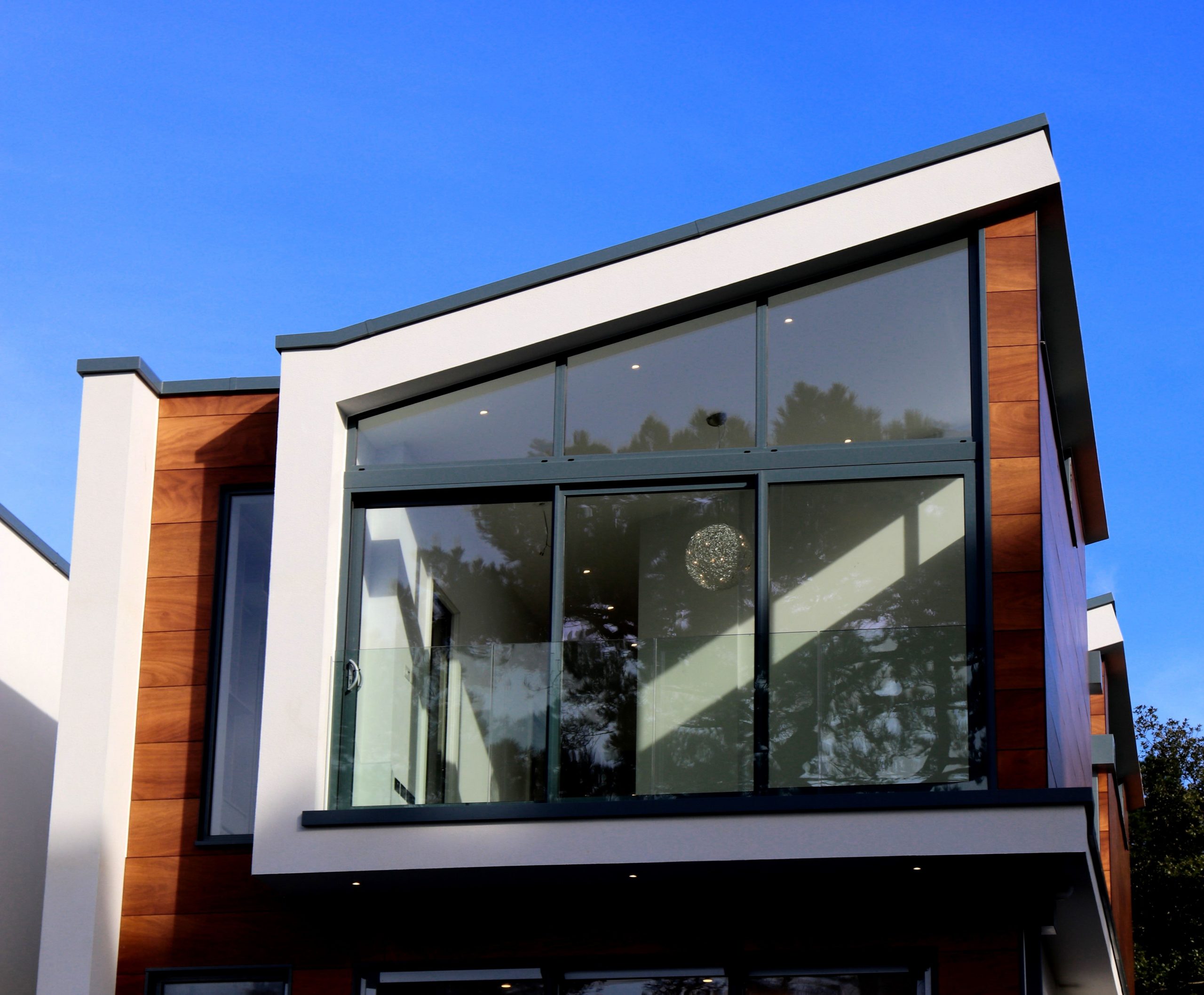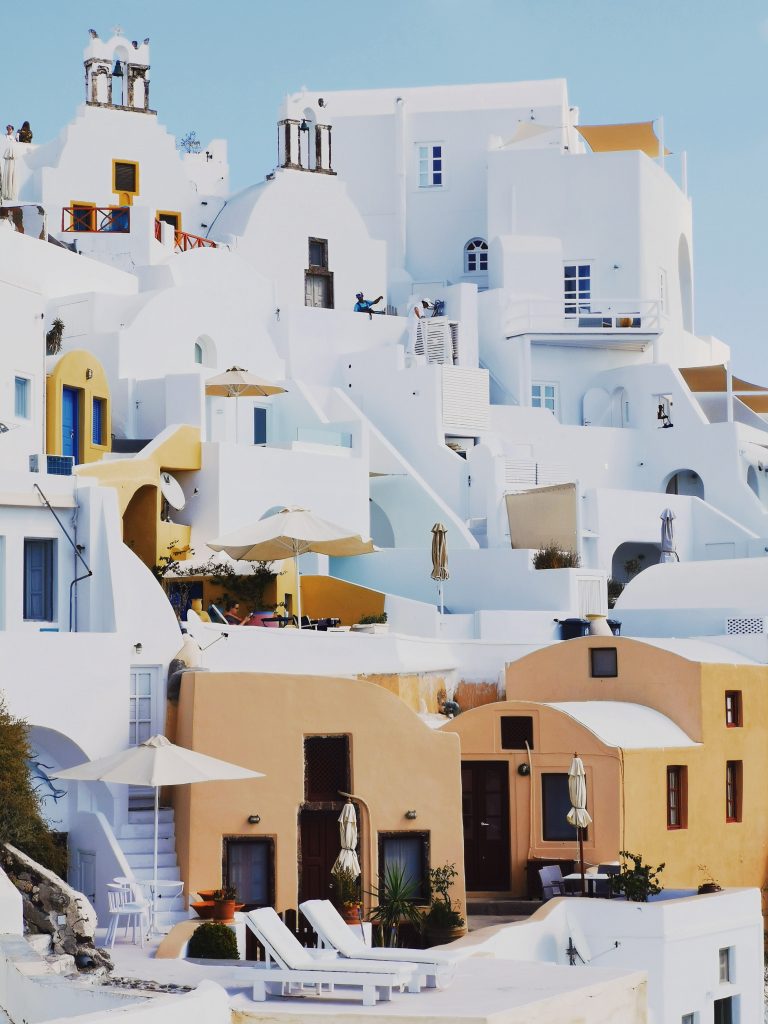Are you building your house from scratch? Or doing a renovation? Either way, it’s always good to Cut Construction Costs

In recent years, mixed-use and multifamily developments are becoming more prevalent throughout the country. This trend offers a glimpse into the future of residential building design and represents the changing needs of most homebuyers.
As a developer or property owner, managing a mixed-use and multifamily buildings involves more than providing the residents with top-notch services. Instead, you also need to stay on top of the architectural and multifamily design trends that will appeal to future generations and modernize your property.
In this article, we’ll take you through 5 multi-family & mixed-use building design tips that will modernize your property. Best of all, these tips will improve the experience of your tenants, lead to more lease renewals and increase the demand for your property.
5 design ideas for modern Multi-family buildings

In general, a mixed-use building refers to a property that hosts both commercial and residential tenants. Unlike buildings that are entirely commercial or residential, a mixed-use design allows workers and residents to enjoy the best of both worlds. For instance, this design approach allows tenants of both commercial and residential spaces to enjoy convenience and walkability. Interestingly, mixed-use planning contributes to the walkability and the density of a neighborhood.
Younger generations look out for highly walkable areas due to the financial and environmental burdens of car usage. Some drawbacks of owning a car include; high maintenance costs, high insurance costs, and impact on climate change. Luckily, by incorporating mixed-use design in multi-family developments, residents can simply head downstairs to a coffee shop or grocery store instead of driving to meet those needs.
Considering working from home has become a norm since the Covid-19 pandemic, it’s important for developers to follow the new multi-family design trend of creating co-working spaces for residents. Incorporating this amenity in a mixed-use & multi-family building will increase interest from remote workers.
Besides, most remote workers are now leasing short-term rentals to take advantage of their new remote capabilities. This allows them to enjoy the flexibility to experience new cultures and cities. Therefore, investing in coworking spaces with innovative access and smart technology solutions in your property will help you attract these kinds of remote workers, otherwise known as digital nomads. At the same time, adding a smart access control system to a multi-family MEP design will make it easier to revolve and assign access to these remote workers. In addition to co-working spaces, you can upgrade to 5G Wi-Fi and repurpose existing outdoor spaces to allow your residents to enjoy some fresh air as they work remotely.

This is an architectural design approach that focuses on the mental and physical health of residents by encouraging them to live more active lives. In other words, this design helps to solve the issue of inactivity or a sedentary lifestyle, which is another major drawback of mixed-used and multi-family developments.
Currently, most people spend a lot of time inactive and sitting, either working on a computer at the office or sitting in traffic. This inactive lifestyle leads to an increased risk of mental illness, obesity, and heart failure among other health complications.
On the bright side, incorporating active design in mixed-use and multifamily buildings by altering the building’s interiors and exterior can help to address these issues. For instance, installing bike racks will encourage residents to use bikes as their main form of transportation, helping them stay fit in the process.
As more people continue to become tech-savvy, residents of mixed-used and multi-family buildings are craving amenities that enhance their living experiences. An excellent way to accomplish this is by incorporating smart home technology in the MEP design for multifamily and mixed-use buildings. This may include installing internet-connected, automated HVAC systems on the property.
As an example, this will allow residents to control the HVAC systems of their apartment from their smartphones to ensure it’s at the right temperature when they arrive home. Similarly, incorporating smart home technology in HVAC design for multifamily buildings automatically turns off the system when residents are not at home, helping to save energy. Other examples of smart home systems include; smart locks, light controls, thermostats, and intercoms.
In addition, smart home technology has significantly revolutionized access control in multifamily developments. For instance, residents can remotely open the door for their guests using a smartphone app when they’re not around.
Biophilia is another popular trend in multi-family and mixed-use design. As more people migrate to urban areas, the United Nations projects that almost 70% of the world’s population will live in cities by 2050. As a result, architects and designers are looking to create cities that are more connected to nature and healthier through biophilic design, which is expected to be crucial to the future of Design & Architecture.
Mixed-use and multifamily buildings that follow biophilic design principles pay close attention to natural elements like airflow, plant growth, and sunlight, giving residents a connection to nature. Also, the biophilic design encourages the use of materials with a lower carbon footprint like reclaimed wood. Wood is an excellent low-impact material for use in large-scale residential projects as it stores absorbed carbon. More notably, it offers biophilic benefits since it’s an organic, natural material.
Conclusion
MEP Design is a collaborative design process that can be used to solve problems in the construction industry. Mechanical, electrical, and plumbing engineering are abbreviated.
MEP designs are used in building construction to ensure that all systems work together. MEP designs are also used to ensure that the building is equipped with all necessary equipment and services.
MEP designs in buildings can be used for a variety of purposes, including mixed-use building design, apartment design, and so on.
As the popularity of multi-family and mixed-use buildings continues to rise, there are several trends you can incorporate into your design to improve the experience of your residents. At Innodez Design & Engineering, we help mixed-use and multifamily property owners in California develop engaging communities that will improve the residents’ quality of life while reducing the building’s impact on the environment!
About Author
InnoDez